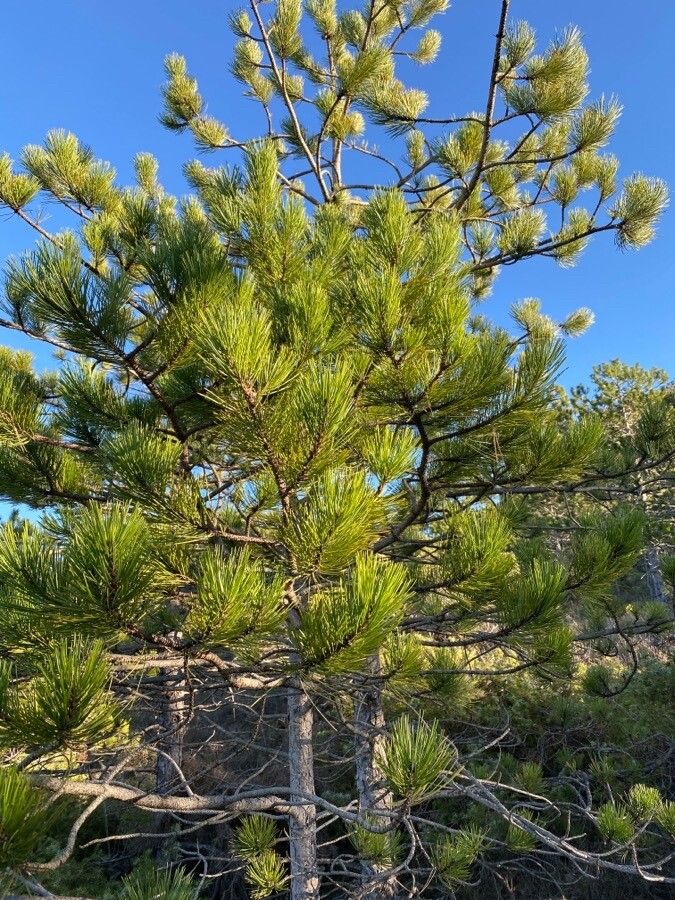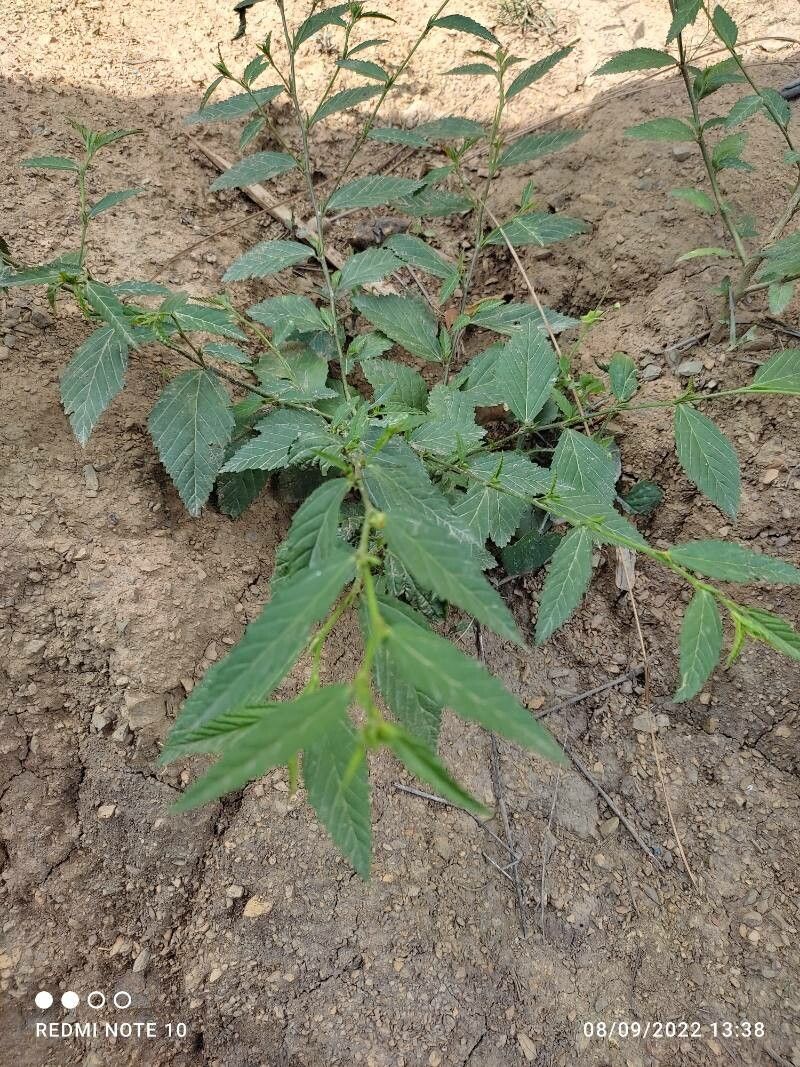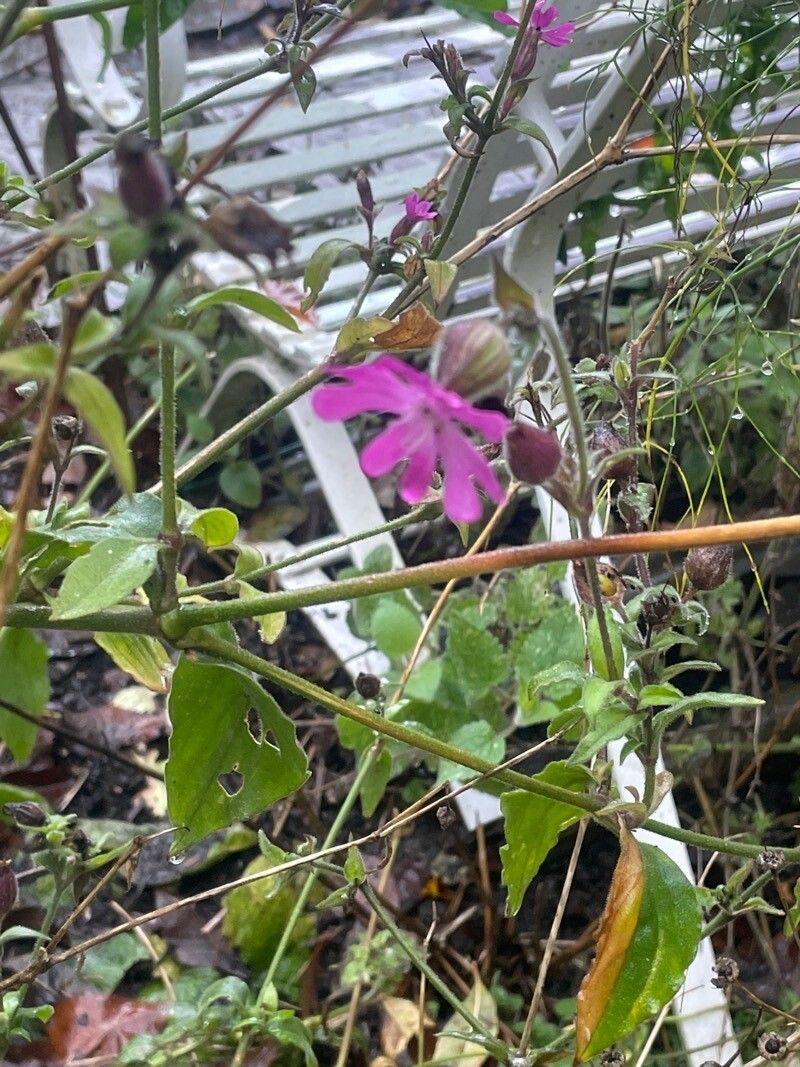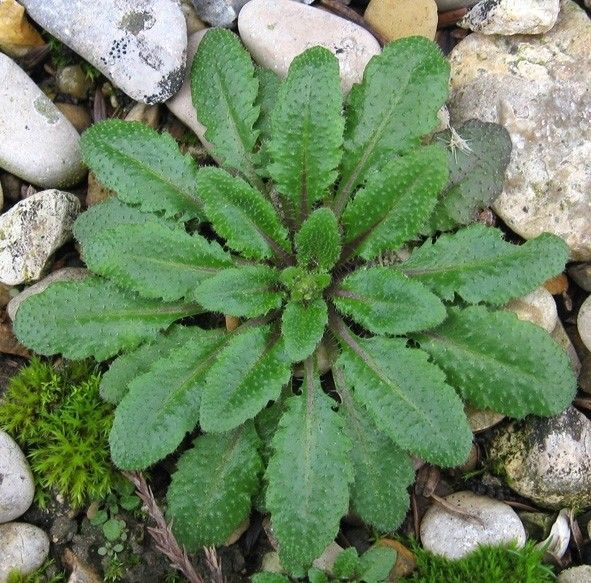### Cluster Pine: A Majestic Conifer
The Cluster Pine, scientifically known as *Pinus pinaster*, is a magnificent evergreen conifer belonging to the Pinaceae family. Native to the Mediterranean region, it's renowned for its hardiness, adaptability, and striking appearance. Its strong, robust form makes it a popular choice for landscaping and forestry, while its unique characteristics make it a fascinating subject for plant enthusiasts.
### Habitat and Growth
Cluster Pines thrive in a variety of conditions, demonstrating remarkable resilience. They are typically found in coastal areas, sandy soils, and rocky terrains. Their adaptability allows them to endure drought conditions and even withstand some level of salt spray, making them ideal for coastal gardens and windbreaks. Their growth is relatively rapid, particularly in favorable conditions, often reaching impressive heights of up to 30 meters (98 feet) under ideal circumstances.
### Sun Exposure and Soil Needs
Cluster Pines are sun-worshippers. They require a minimum of six hours of direct sunlight per day to flourish. Partial shade may be tolerated, but full sun is optimal for robust growth and the development of dense foliage. Regarding soil, while adaptable, Cluster Pines prefer well-drained soils. They tolerate sandy, gravelly, and even slightly acidic conditions, but poorly drained soils can lead to root rot. Amend heavy clay soils with organic matter to improve drainage.
### Planting and Care
Planting a Cluster Pine is relatively straightforward. Choose a location that meets the sunlight and soil requirements. Dig a hole twice the width of the root ball and slightly deeper. Gently remove the plant from its container, ensuring not to damage the roots. Position the tree in the hole, backfill with soil, and water thoroughly. Regular watering is crucial, especially during the first year after planting. Established trees are quite drought-tolerant, however, supplemental watering during prolonged dry periods is beneficial.
### Pruning and Maintenance
Pruning is generally not required for Cluster Pines unless there are dead or damaged branches. If pruning is necessary, it's best done in late winter or early spring before new growth begins. Be sure to use sharp, clean pruning tools to prevent the spread of disease. Regular fertilization is usually unnecessary, particularly in fertile soils. However, a slow-release fertilizer can be applied in early spring for young trees to promote growth.
### Potential Pests and Diseases
While relatively resistant to pests and diseases, Cluster Pines can sometimes be affected by pine weevils or fungal infections. Regular inspections can help detect these issues early, allowing for prompt treatment. Maintaining healthy soil and providing appropriate growing conditions significantly reduces the risk of such problems.
### Cluster Pine Uses and Benefits
Besides their aesthetic appeal, Cluster Pines offer many practical uses. Their timber is strong and durable, making it valuable in construction and woodworking. They also play a critical role in erosion control, particularly in coastal regions. Their dense foliage provides shelter for wildlife and their resin has various applications in industries. Their presence enhances biodiversity in local ecosystems and adds value to many landscapes.
### Conclusion
The Cluster Pine, with its striking beauty, resilience, and adaptability, makes an excellent addition to gardens and landscapes worldwide. By following the guidelines for planting, care, and maintenance, you can enjoy the majesty of this remarkable conifer for years to come.
Cluster Pine: Planting, Care & Guide

Frequently Asked Questions
How do I care for a Cluster Pine tree?
Provide full sun exposure and well-drained soil. Water regularly, especially when young. Minimal pruning is needed; remove only dead or damaged branches. Fertilization is generally unnecessary.
What kind of soil does a Cluster Pine need?
Cluster Pines prefer well-drained soils, tolerating sandy, gravelly, and slightly acidic conditions. Avoid poorly drained soils prone to root rot. Amend heavy clay soils with organic matter to improve drainage.


